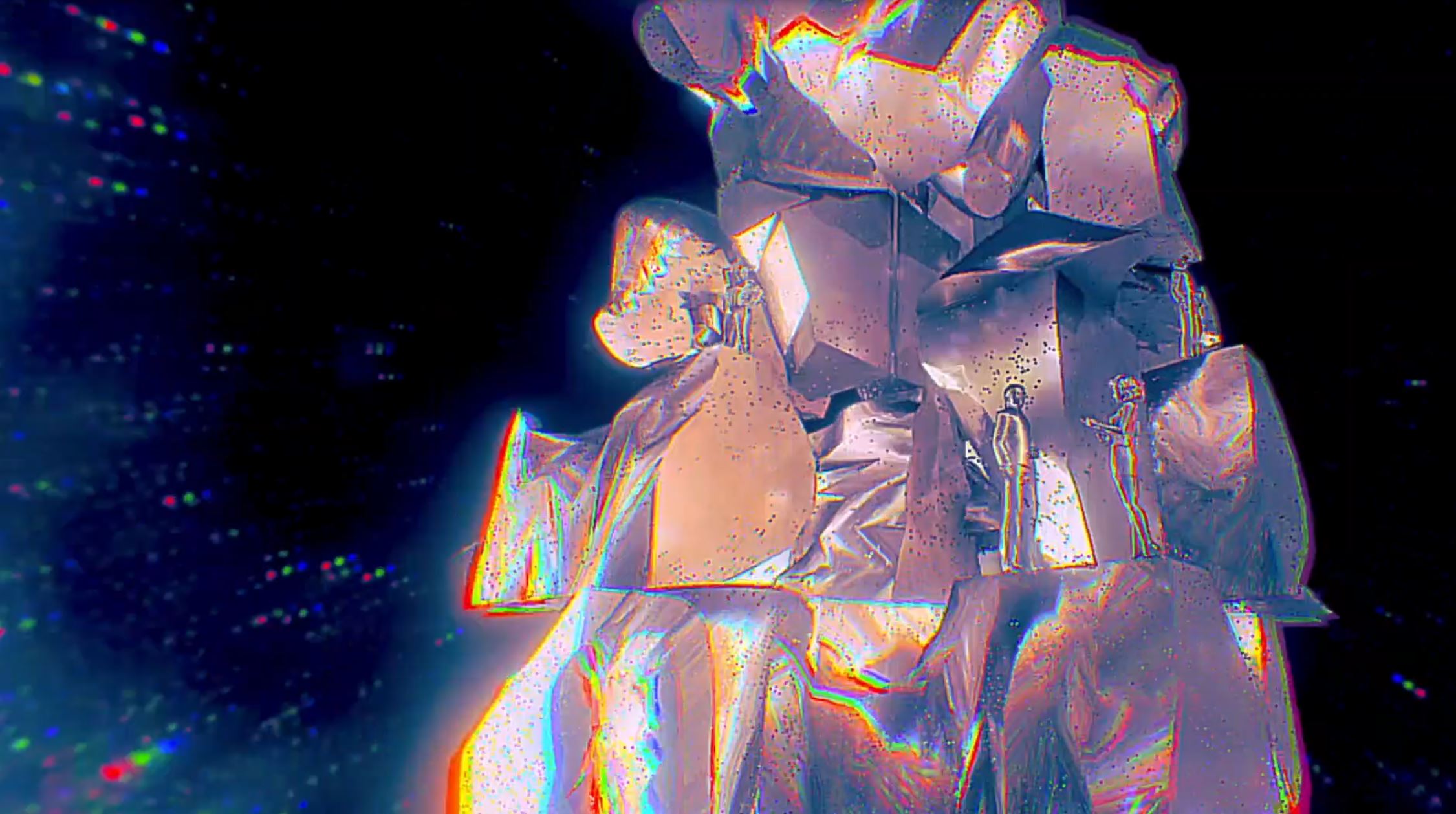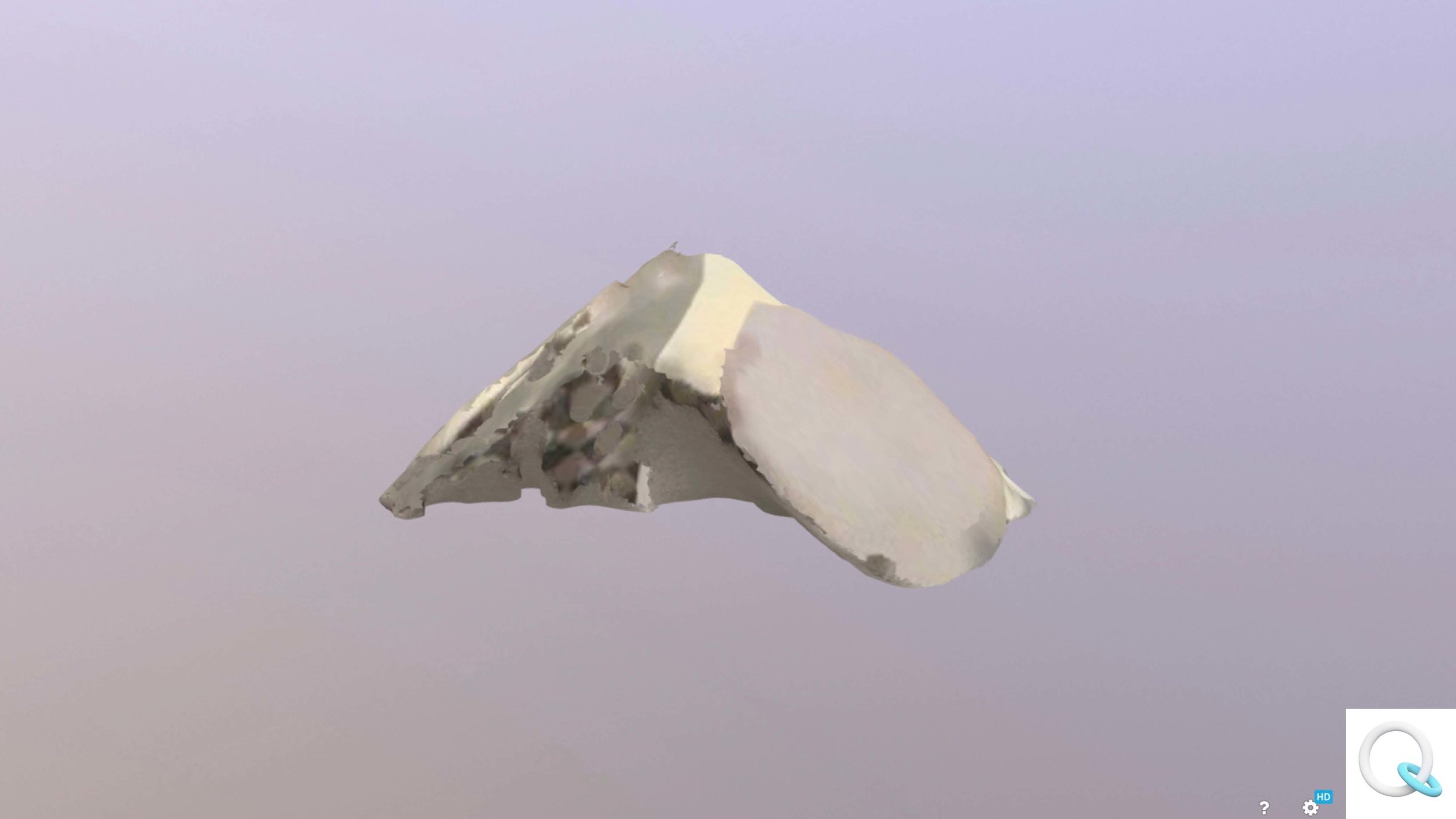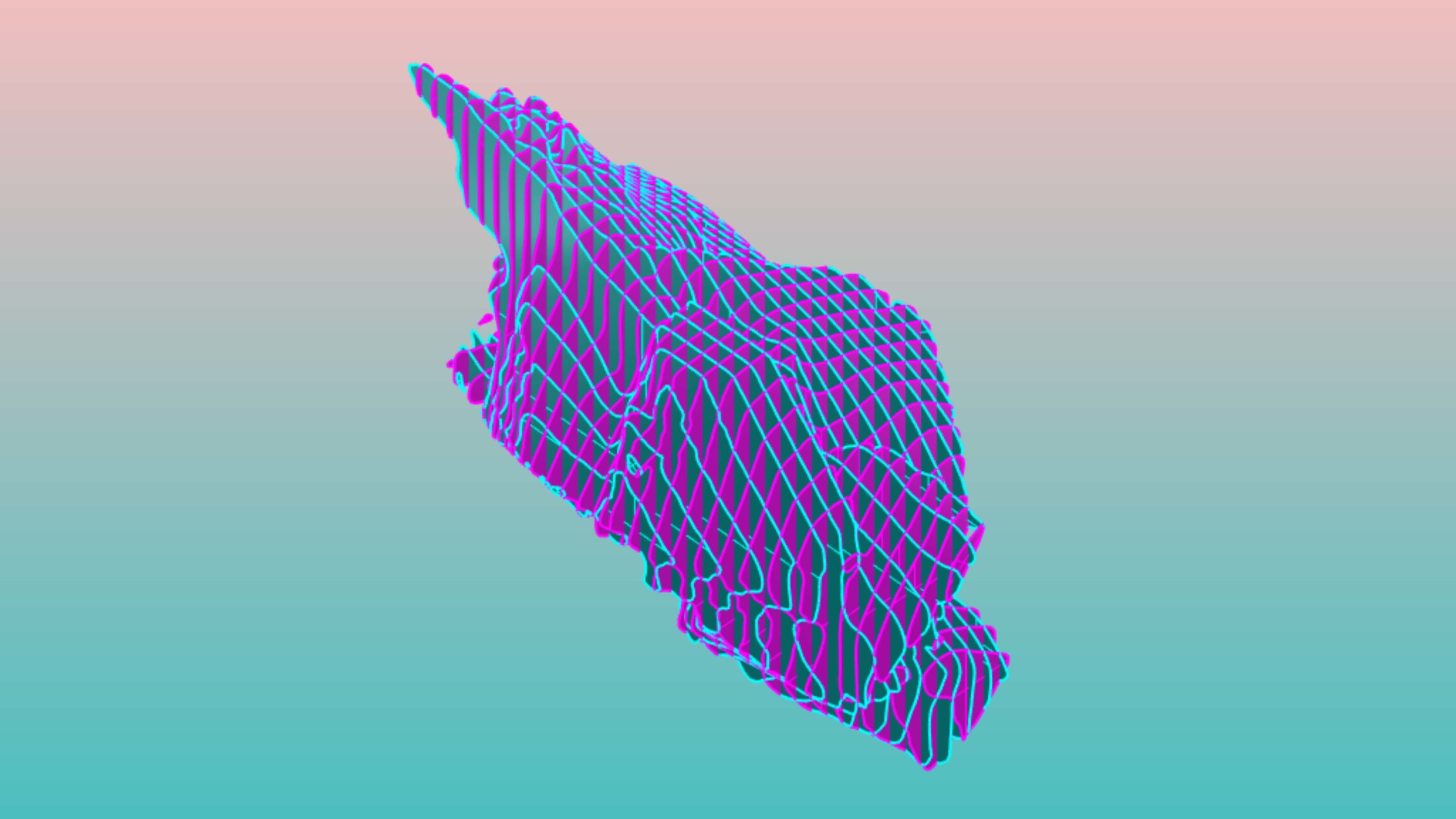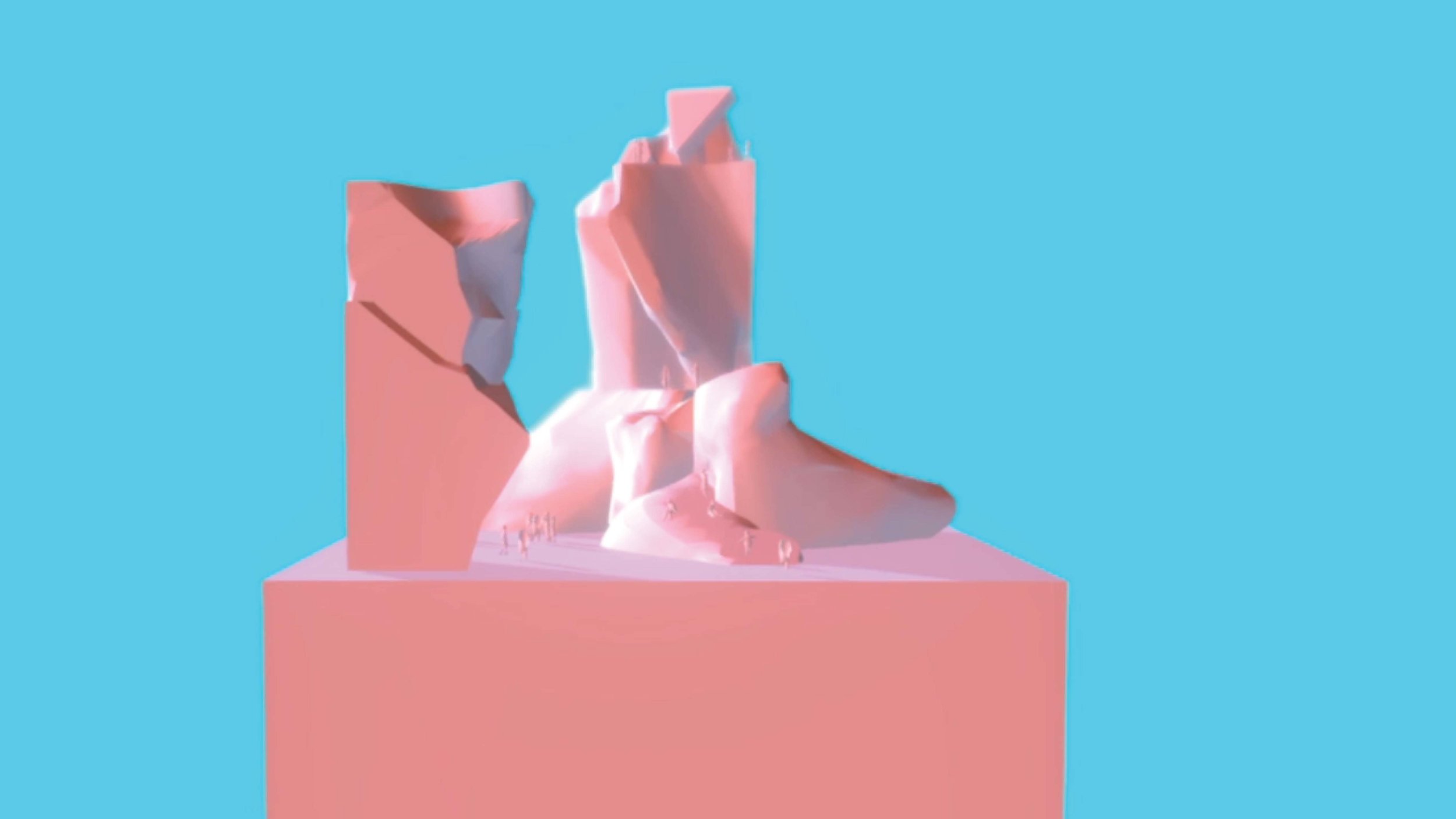Things You Can Do With A Bad Scan
Contemporary scanning technologies belong to a long history of “reading machines,” and ultimately to the ancient dream of a mechanism that can see, and thus faithfully serve, its maker. Today that dream resides in devices that, through various means (initially mechanical, now electrical), “discretize” the world by parsing the contents of any scene or environment into discrete elements, which today we call pixels. Scans look like three-dimensional geometric drawings, but they are actually dimensionless expressions of automated statistical processes (images), and the quality of their discretization, its fidelity to the scanned scene or object, is what distinguishes good scans from bad ones.
We focused exclusively on bad scans—scans produced with the cheapest and most readily-available smartphone scanning applications—and in doing so, removed from consideration a set of goals that have silently governed “digital” architecture: accuracy, efficiency, optimization, performance. Fidelity and resolution were replaced by a more experimental and uncertain question: what can be done with a bad scan?





